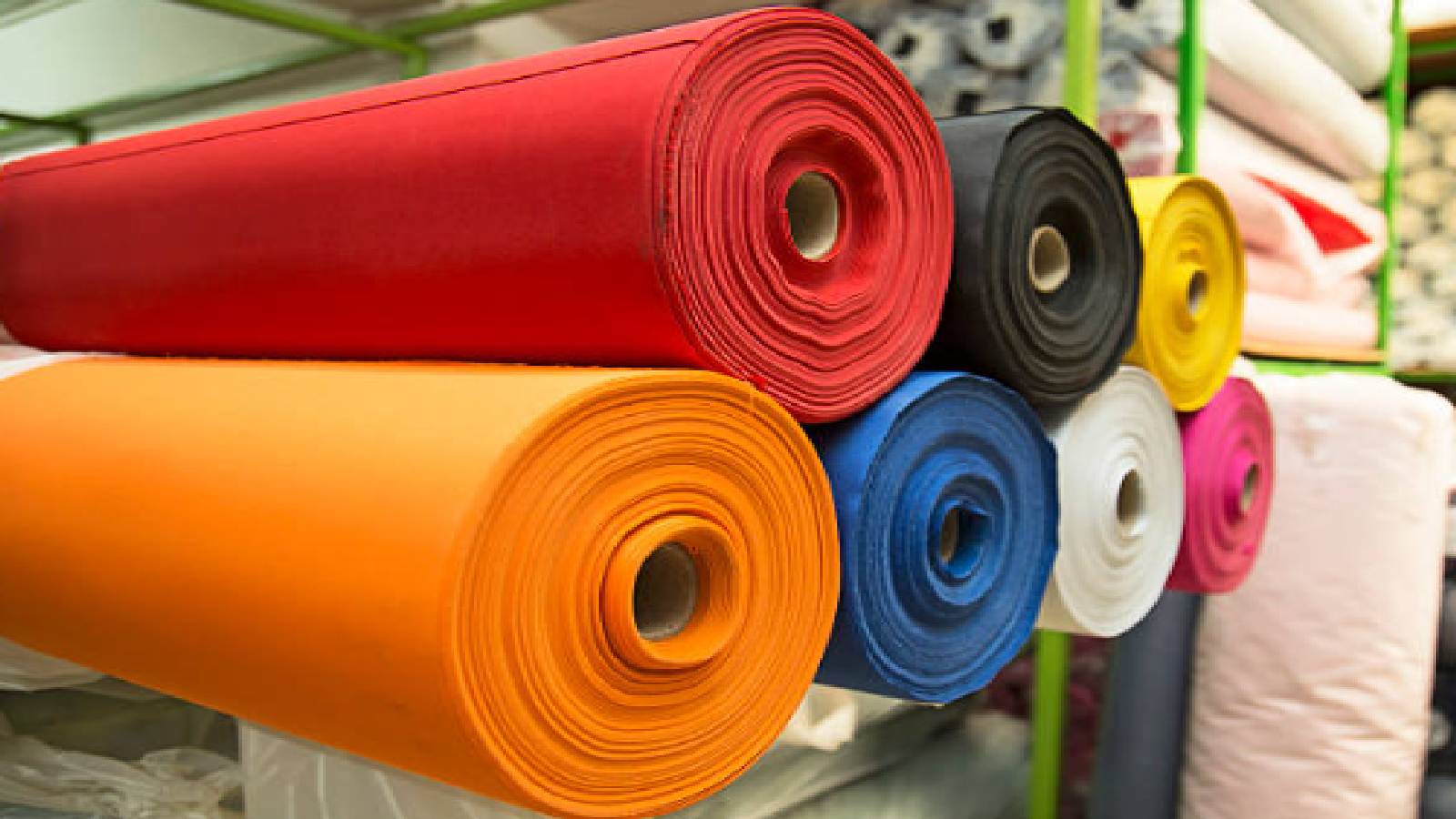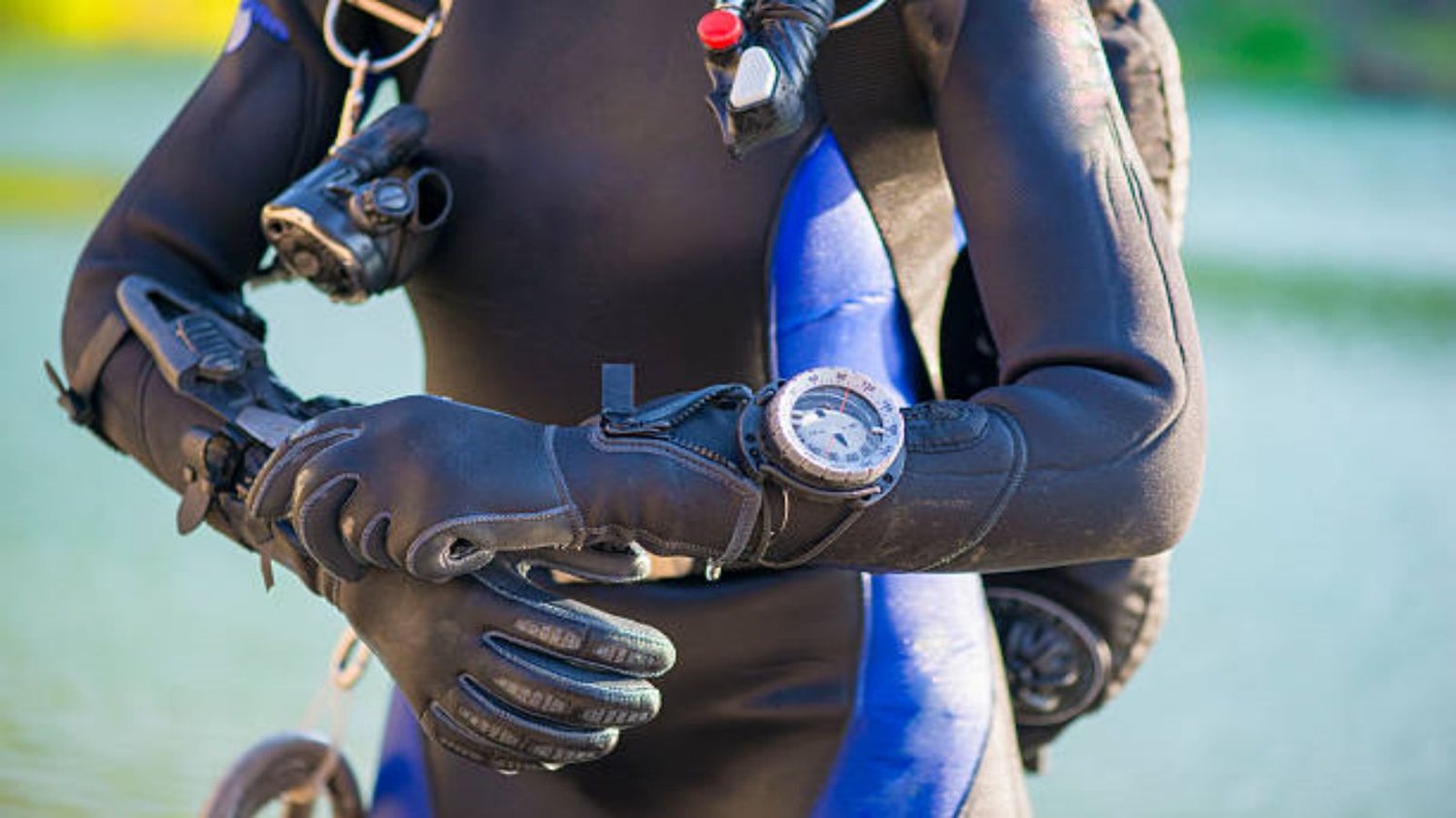Choosing the Right Scuba Diving Suit Fabric: A Comprehensive Guide
Scuba diving is an exhilarating activity that allows you to explore the underwater world. One of the most critical pieces of gear for any diver is the scuba diving suit. The fabric of the suit plays a significant role in comfort, protection, and performance.
This guide will take you through everything you need to know about scuba diving suit fabrics, their types, benefits, and how to choose the right one for your needs.
Table of Contents
- Introduction to Scuba Diving Suits
- Types of Scuba Diving Suit Fabrics
- Neoprene
- Nylon and Lycra
- Trilaminate
- Hybrid Materials
- Benefits of Different Scuba Diving Suit Fabrics
- Factors to Consider When Choosing a Scuba Diving Suit Fabric
- Care and Maintenance of Scuba Diving Suit Fabrics
- FAQ
Introduction to Scuba Diving Suits

Scuba diving suits, commonly known as wetsuits or drysuits, are designed to provide thermal insulation, abrasion protection, and buoyancy. The choice of fabric is crucial as it directly impacts the suit's effectiveness and the diver's comfort.
Types of Scuba Diving Suit Fabrics
Neoprene
Neoprene is the most widely used material for scuba diving suits. It is a type of synthetic rubber that is flexible, durable, and provides excellent thermal insulation.
- Thickness: Neoprene suits come in various thicknesses, typically ranging from 2mm to 7mm, depending on the water temperature.
- Insulation: The thicker the neoprene, the better the insulation. Thinner suits are suitable for warmer waters, while thicker suits are ideal for cold water diving.
- Flexibility: Offers good flexibility, allowing for a wide range of motion.
Nylon and Lycra Diving Fabric
Nylon and Lycra are often used in conjunction with neoprene to enhance the suit's flexibility and comfort.
- Flexibility: Lycra provides excellent stretch, making the suit more comfortable and easier to put on and take off.
- Durability: Nylon increases the durability and resistance to abrasion.
Trilaminate
Trilaminate fabrics are commonly used in drysuits. They consist of three layers: an inner and outer layer of fabric (usually nylon) with a waterproof membrane in between.
- Waterproof: Provides a completely waterproof barrier, keeping the diver dry.
- Durability: Highly durable and resistant to punctures and abrasions.
- Flexibility: Less flexible than neoprene but offers more freedom of movement compared to other drysuit materials.
Hybrid Materials
Hybrid materials combine the best features of different fabrics to create a suit that offers superior performance.
- Customization: Hybrid suits can be customized for specific diving conditions.
- Performance: Provides a balance of flexibility, durability, and thermal insulation.
Benefits of Different Scuba Diving Suit Fabrics

-
Neoprene:
- Excellent thermal insulation.
- High durability and flexibility.
- Suitable for various water temperatures.
-
Nylon and Lycra:
- Enhanced flexibility and comfort.
- Added durability and abrasion resistance.
-
Trilaminate:
- Completely waterproof.
- High durability and puncture resistance.
- Suitable for cold water and technical diving.
-
Hybrid Materials:
- Customized performance.
- Balanced properties for specific needs.
Factors to Consider When Choosing a Scuba Diving Suit Fabric

- Water Temperature: Choose a fabric that provides adequate insulation for the water temperatures you'll be diving in. You can also take the functional fabrics into account.
- Diving Conditions: Consider the type of diving you'll be doing (e.g., recreational, technical, cold water).
- Fit and Comfort: Ensure the suit fits well and allows for a full range of motion.
- Durability: Look for fabrics that offer resistance to abrasions, punctures, and wear and tear.
- Maintenance: Consider the ease of care and maintenance for the fabric.
Bonus: Care and Maintenance of Scuba Diving Suit Fabrics
- Rinse After Use: Always rinse your suit with fresh water after each dive to remove salt, sand, and other debris.
- Dry Properly: Hang the suit to dry in a shaded, well-ventilated area. Avoid direct sunlight and heat sources.
- Store Correctly: Store the suit flat or hanging to prevent creases and damage.
- Inspect Regularly: Check for signs of wear and tear, such as tears, punctures, and loose seams. Repair as needed.
FAQ Part
Q1: What is the best fabric for a warm water diving suit?
A1: For warm water diving, a thinner neoprene suit or a suit made of nylon and Lycra is ideal due to its flexibility and comfort.
Q2: How do I know which thickness of neoprene to choose?
A2: The thickness of neoprene depends on the water temperature. For warm waters (above 75°F/24°C), 2-3mm is sufficient. For cooler waters (60-75°F/16-24°C), 5mm is recommended. For cold waters (below 60°F/16°C), 7mm or more is ideal.
Q3: Can I repair a tear in my scuba diving suit?
A3: Yes, small tears can often be repaired with neoprene cement or patches. For significant damage, professional repair services are recommended.
Q4: How often should I replace my scuba diving suit?
A4: The lifespan of a scuba diving suit depends on the frequency of use and care. Typically, a well-maintained suit can last several years. Replace it when you notice significant wear and tear or loss of insulation.
Q5: Are there any eco-friendly scuba diving suit fabrics?
A5: Some manufacturers offer eco-friendly neoprene alternatives made from natural rubber or recycled materials. These options are becoming increasingly popular among environmentally conscious divers.
Q6: What is the difference between a wetsuit and a drysuit?
A6: A wetsuit provides insulation by trapping a thin layer of water between the suit and the skin, which is then warmed by the body. A drysuit, on the other hand, keeps the diver completely dry by creating a waterproof seal.
Conclusion

Choosing the right scuba diving suit fabric is essential for a safe and comfortable diving experience. Understanding the different types of fabrics and their benefits will help you make an informed decision. Whether you're diving in warm tropical waters or exploring the icy depths, there's a fabric that meets your needs. Always prioritize fit, comfort, and durability to ensure you get the most out of your diving adventures.

